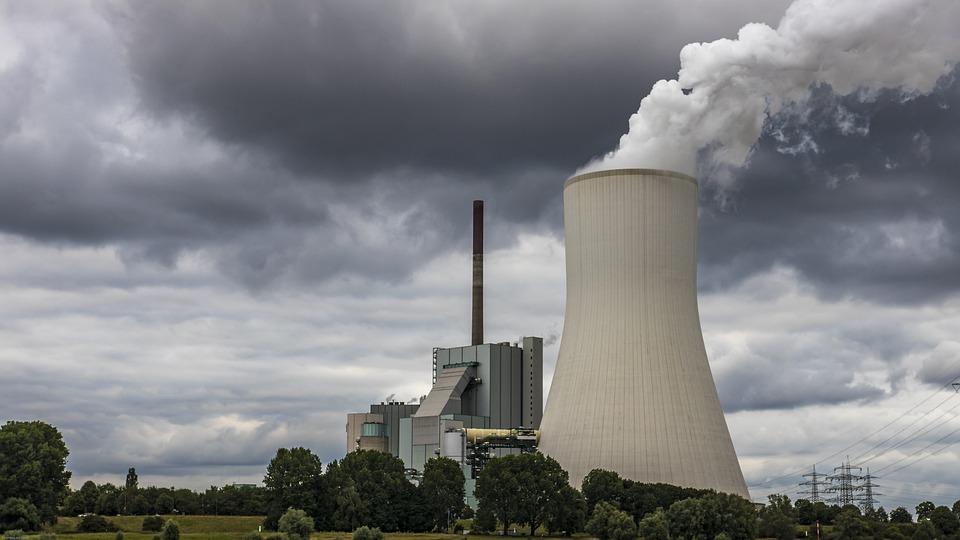Air Pollution, The Research – Part 4.

Section 3: Impact Multipliers in Air Pollution
Across numerous domains, the very best interventions are not just 2x or 3x better than average solutions, but 10x or 100x better. This gives us a long-tailed prior distribution over the cost-effectiveness of air pollution interventions. With more variables to consider, the length of the tail on this distribution will increase, meaning the differences between the median and best solutions will be greater.
The impact of a given air pollution intervention can vary depending on:
- Location targeted– There are around 200 countries, many of which experience air pollution levels above WHO guidelines. Within each country, there are multiple cities one could focus on.
- Source targeted – Air pollution originates from transport, industry, households, energy production, biomass burning, waste management, and natural dust, to name only the main sources.
- Approach taken – Air pollution can be tackled via multiple approaches, such as directly funding solutions, advocating for new policies, advocating for the enforcement of existing regulations, better air quality monitoring, R&D, adaptation, and more.
- Pollutant targeted – Pollution comes in multiple forms, such as PM10, PM2.5, PM0.1, NOx, SOx, O3, and CO.
- Although this report focuses on PM2.5 (for reasons described above), these other pollutants can further complicate the picture.
- Strength of the organisation implementing an intervention – There are multiple organizations that could implement the intervention, each of which vary by experience and ability.
We can draw some preliminary conclusions:
- There are a very large number (>1000s) of potential air pollution funding opportunities.
- As in other domains, some of these interventions will likely be many times more effective than others.
- To find the very best interventions, we need to focus on the most impactful locations, on the most impactful sources and using the most impactful approaches. Correct prioritization can be a multiplier on our impact. These impact multipliers can be thought of in parallel to our work on strategic climate change mitigation.
Below I outline 10 impact multipliers that apply to air pollution:
- Six are related to geographic selection,
- Two are related to source selection,
- Two are related to the approach taken
For each multiplier, I outline:
- The reasoning or intuition for including this factor as a multiplier.
- Evidence or data on this multiplier, from which a distribution can be drawn.
- What this multiplier implies for intervention prioritization.
Note that:
- Each multiplier is only a heuristic, not a hard-and-fast rule.
- Some multipliers are overlapping / not independent – therefore we cannot simply use the product of two multipliers to get the total multiplier effect.
- The implication of some multipliers can conflict. For example, interventions in Africa are more neglected, but also less tractable.
- Multipliers vary in how well grounded they are in evidence. Some are based upon clearly observable data, whilst others rely more heavily on subjective judgment.
- There are many ways to frame air pollution interventions, of which this is only one.
Location multipliers
Mortality
Reasoning/intuition: If we observe that Country A has twice the air pollution mortality rate as Country B, it makes sense to prioritise Country A (all else equal).
Data/evidence: The WHO and IMHE both provide mortality rates from air pollution, which can be used to generate a distribution over mortality rates.
Implication: Focus on countries with the highest mortality rates (e.g. South Asia).
Population density
Reasoning/intuition: For our purposes, improved air quality is not a goal in itself – rather, it is instrumental to reducing the harm that air pollution causes people. The relevant unit of analysis is therefore people, not geography.
Data/evidence to use: Population size/ population density.
Implication: Prioritise cities & urban areas over rural areas.
Population growth
Reasoning/intuition: We should focus on areas where populations are growing fastest, as (holding current population fixed) these areas will contain more people (and hence reducing pollution in these cities will cause greater harm reduction over time).
Data/evidence: Population growth estimates.
Implication: Focus on Africa & South East Asia, where urban populations are increasing.
PM2.5 growth
Reasoning/intuition: All else equal, it’s better to focus on regions where air pollution is worsening, rather than improving. This is especially true due to the Environmental Kuznets Curve (EKC)– the hypothesis that outdoor air pollution has historically risen and then fallen with increasing income per capita:
- In early stages of development, countries rely on dirtier industry and energy sources to drive growth.
- Once incomes have risen, states transition towards more sustainable energy sources and less polluting economic sectors.
London offers an example of the EKC for outdoor air pollution – emissions rose as the city industrialised, then fell as energy sources transitioned and regulations were introduced.
This contrasts with indoor air pollution, where development has uniformly led to falling mortality.
These trends imply that indoor air quality will improve with economic growth.
Evidence/Data: PM2.5 trendline over time.
Implication: The EKC suggests focusing on where the problem is growing – South East Asia and Middle East, and in low income countries, e.g. Africa. Another implication is that one may do better by focusing on outdoor rather than indoor air pollution, since the former is increasing whilst the latter is in decline.






